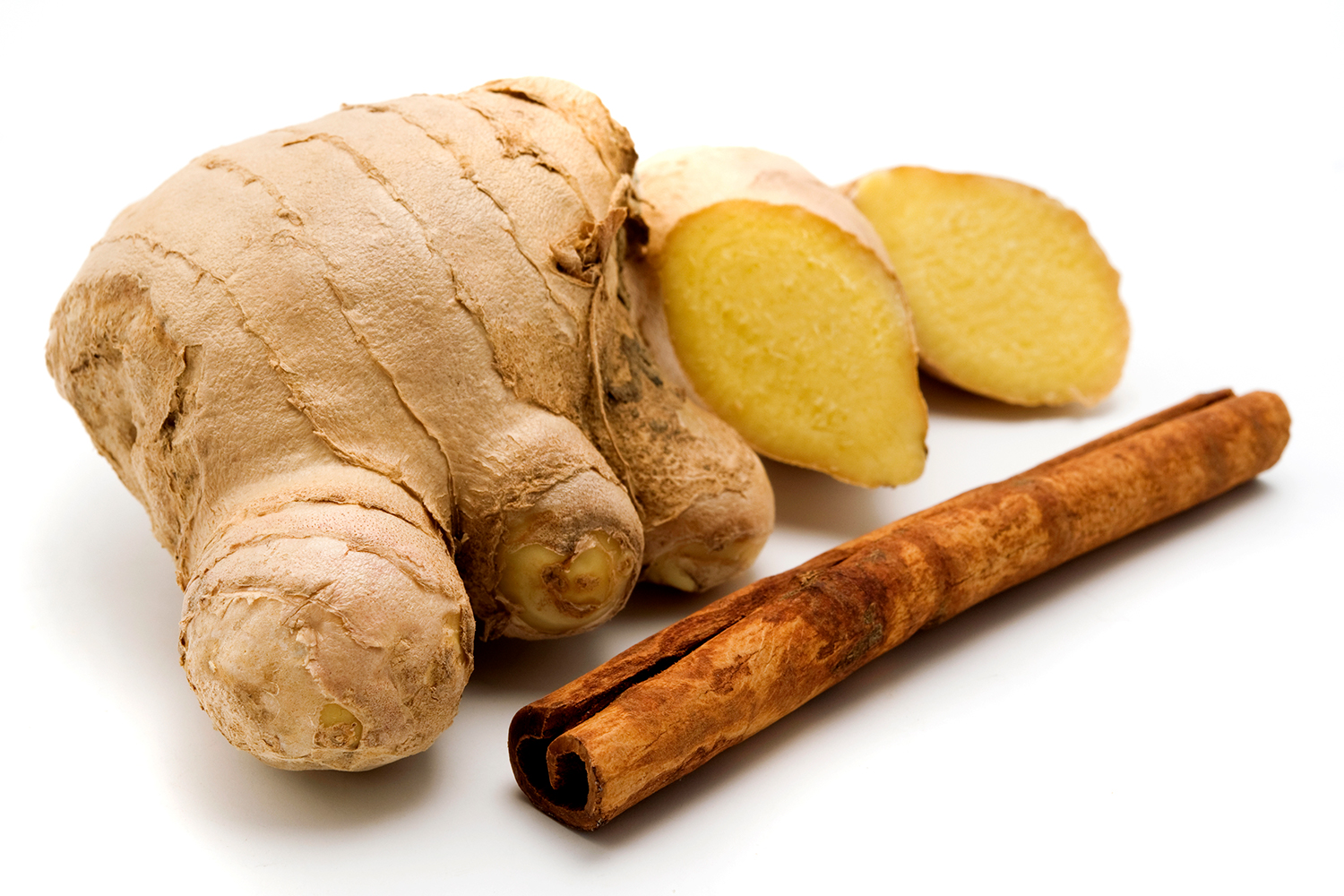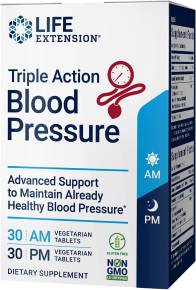Even in the middle of the next hard frost, north wind, ice storm, or blizzard, you can turn up the heat with warming culinary herbs.
Four Warming Herbs
-
Ginger
“Ginger is my all-time favorite warming herb,” says New Jersey herbalist Cathy Lauer. “I love ginger because it is readily available either fresh or powdered, and it is powerfully effective while tasting delicious! I turn to ginger every winter to warm an upset stomach, ward off the flu, or just to enjoy an invigorating tea. I simply chop or grate a thumb’s length of fresh ginger into a pot of water, boil it on the stove for 20 minutes, then let it steep. If you care to add lemon or honey, that’s an option, but I drink it straight. When I have a stomachache or think I am coming down with a cold or the flu, I sip the tea all day long, keeping it on the stove, adding water and reheating it as needed. It really does the trick.”
Ginger is both a digestive herb and a carminative that alleviates gas or flatulence. This herb is also said to improve liver function, relax muscle spasms, and relieve the nausea or vomiting associated with morning sickness, motion sickness, surgery, or chemotherapy. In addition to ginger’s many culinary and medicinal uses, this herb is an anti-inflammatory that can be applied externally in massage oils and poultices to relieve muscle strains and rheumatic pain and to stimulate circulation in painful joints.
-
Cinnamon
Cinnamon, one of the world’s favorite spices, offers far more than a wonderful aroma. Ancient Egyptians used cinnamon as an embalming spice, and in medieval Europe, powdered cinnamon was both a flavoring agent and an item for religious ceremonies. Traditionally a cold and flu remedy, cinnamon gently stimulates the circulation to help warm cold hands and feet, and it treats digestive problems much the way ginger does. Cinnamon oil has antispasmodic, antifungal, antibacterial, and carminative properties.
“I love this tasty, warming circulatory herb,” says Rosemary Gladstar, founder of Sage Mountain Herbal Retreat Center “It brightens the soul and is my favorite winter spice. Did you know it helps sell houses? That’s what real-estate people say. They recommend having a cinnamon-laced apple pie in the oven when prospects come. There is new research showing that this spice lowers blood sugar, which is exciting news for diabetics. In fact, cinnamon capsules are becoming a popular supplement. I believe cinnamon is good for all of us.”
-
Clove
Clove, another sweet spice, has long been used as a dental analgesic and local anesthetic. Cloves also have antiseptic, antibacterial, antifungal, antiviral, and antispasmodic properties. In addition to being a popular culinary spice, cloves help improve digestion.
A potent phytochemical in cloves, eugenol acts as an anesthetic, kills bacteria and fungi, fights free radicals, and helps thin blood. Clove oil is virtually pure eugenol, and a U.S. Food and Drug Administration advisory panel has endorsed it as the safest and most effective active ingredient for toothache. But use it sparingly, as this oil may irritate the mouth. Take care to never swallow clove oil.
-
Cayenne
Switch from sweet to hot with Cayenne, the spice that gives Texas chili and Thai cuisine their fiery bite. “I can’t help but love this one,” says Gladstar. “It warms the body from head to toe, improves circulation, gets the intestines going, and improves bowel function. A few grains go a long way, so if you’re not used to cayenne, start with tiny amounts. This is another spice that’s sold in capsules, which does make it easier to take.



